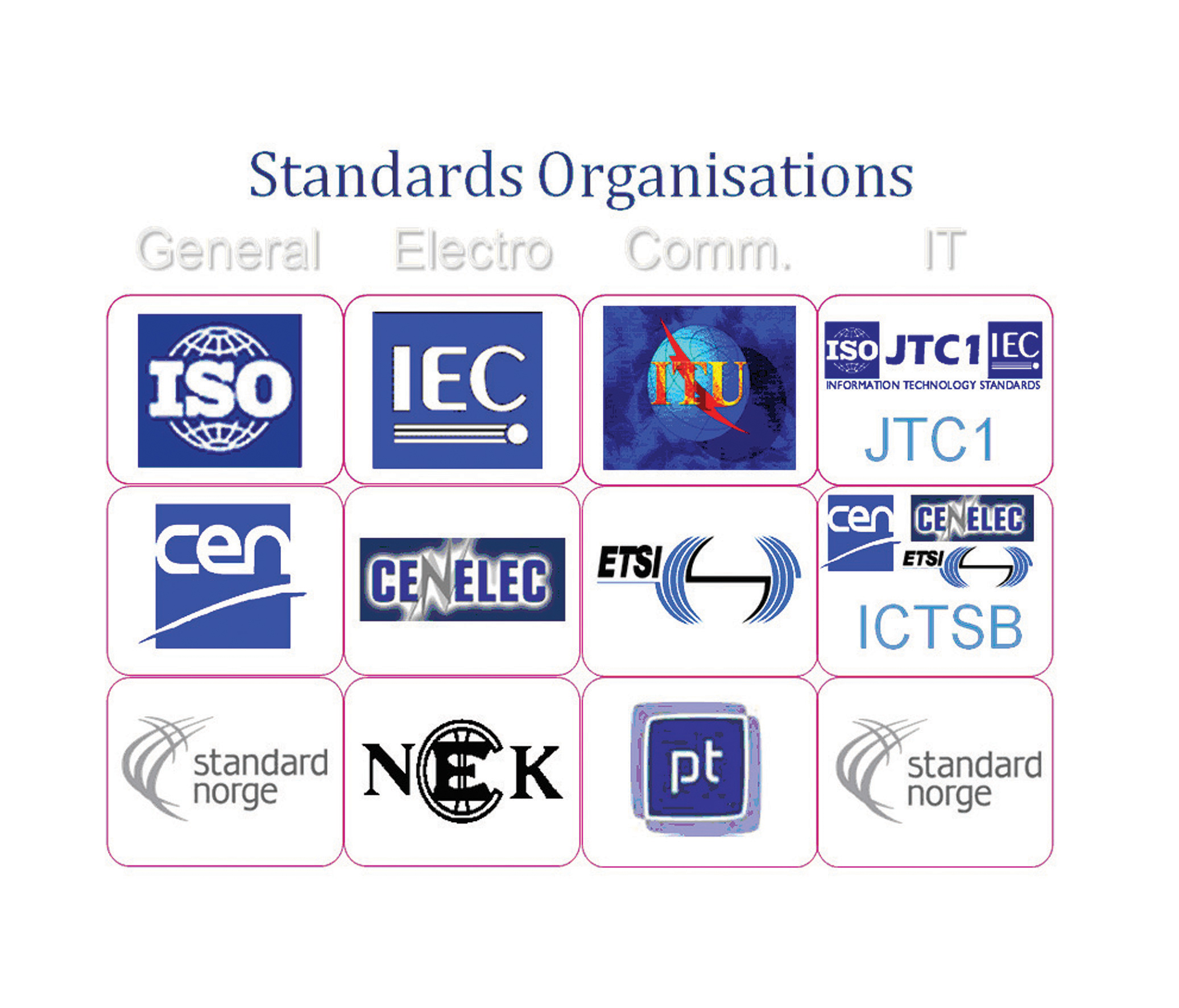
Figure 1: Standards organisations involved in the cooperative infrastructure definition process.
Michael Noblett of Connexis discusses international progress towards common standards for cooperative road infrastructures.
Will vehicle safety communications standards be able to support ITS on the international level, or will we settle once again for regional interoperability only? The answer lies in the current status of the draft standards themselves, and the requirements users and authorities are placing on the people who draft them.The stakes are high. One has only to look at the history of automatic tolling in the US and Europe to see the financial and commercial impact of implementing proprietary systems that have little chance of ever working on a pan-European basis, much less a global one. The cost and inconvenience to drivers, freight companies and the roadway operators is immense and chokes off innovation in the development of useful applications of the data that could be collected if only we had used standards before deployment.
The potential for conflict
So who's working on vehicle communications and why is it so hard to get them on the same page? The answer to the first part gives some obvious insight to the second. Figure 1 gives some insight, starting with the global standards definition organisations and then moving across to the electronics, communications and IT groups that all have a stake in the outcome.The use of multiple protocols for real-time communications in the cooperative infrastructure environment raises the potential for conflict in terms of bandwidth and applications. It's instructive to focus on an example, but keep in mind the challenge is much broader than just this singular instance. Let us take up the current standards development of the 5.9GHz spectrum that is has been set aside by both Europe and the US specifically for vehicle safety communications.
A little history is in order to set the stage for how we got to this point: vehicle manufactures have begun to realise that cars themselves are nearing the 'as safe as we can make them' goal from an engineering standpoint. Unless we can give the vehicle a bigger view of its environment we are approaching the limit of the protection the vehicle can provide on its own.
Transportation agencies have concluded that they cannot build their way out of the congestion problem. The cost to surface transportation users and the impact on the environment of congestion has finally reached the point where officials are actively exploring public-private partnerships which will provide solutions to this urban and inter-urban nightmare.
There has also been a realisation that there are many mobility and driver information applications that can be delivered on currently available communications spectrum, but for this author and many who are trying to provide practical solutions to these issues, the end game is still creating an environment where cars don't crash. A book could be written on how much it took to get the 5.9GHz spectrum set aside for safety communications. Suffice to say that this spectrum has the properties we need to enable the game-changing active control safety applications that are required.
International efforts
But back to our example; there are at least three internationally recognised organisations developing standards for 5.9GHz-based ITS. In the US, IEEE is working on 802.11p, a version of the popular WiFi specifications. It is focusing on the lower layers of the 802.11 family of standards and a simplified architecture. In Europe, ETSI is working on car-to-car multi-hopping and geo-addressing standards and CEN TC278 has recently started working on safety and co-operative applications.From a more global perspective, ISO TC204 focuses on multiple media management and tries to be an umbrella for all of these activities. ISO TC204 Working Group 16 has written dozens of standards supporting the CALM (Continuous Air-interface, Long and Medium Range) protocol architecture. CALM aims to provide a platform for a wide range of future communications protocols and ITS requirements. The high-level goal is to provide wide-area communications for ITS applications that work equally well regardless of the communications medium. Standards are being developed for 2G (GSM/GPRS), 3G (IMT-2000) and 4G (IMT Advanced), as well as satellite, microwave, millimetric-wave, infrared, WiMax and WiFi including 5.9GHz.
The problem is that all of these groups are developing a full set of standards covering all aspects of the 5.9GHz protocol. There are big overlaps in scope and a lot of wasted effort by the experts who are trying to support this effort. Even worse there is almost no interoperability in the current set of specifications. If allowed to continue, we are almost certainly going to repeat the mistakes of the past and end up with regional standards at best and possibly miss the opportunity altogether.
The goal now is to get them to agree on a common approach. We must agree on a standard architecture and then focus the efforts of each organisation on the areas they are most suited for and interested in.
Progress on joint thinking
The good news is that these standardisation bodies have been talking and have agreed on an approach. A lot of work has gone into resolving differences recently and the experts from Europe, US and Japan definitely have a spirit of cooperation. The differences between ETSI, ISO CALM and IEEE are well known and a common communications architecture is easily within reach. Further partitioning of the work is required in order to avoid the overlap and waste, but at least we are on the way.Also, the basic test standards have been validated through field operational tests in each region. Projects like the









